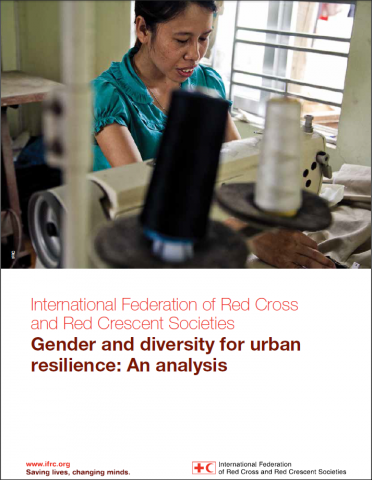Gender and Diversity for Urban Resilience: An Analysis


The IFRC acts before, during and after disasters and health emergencies to meet the needs and improve the lives of vulnerable people. In all these aspects of our work, the IFRC strives to ensure that gender and diversity are integrated into all of its operations. Gender and diversity work is rooted in its humanitarian mandate to prevent and alleviate human suffering without discrimination and to protect human dignity. The IFRC recognizes that women and men have different capacities, strengths, needs and vulnerabilities. Each of which can impact on their resilience to disasters and crises.
IFRC
Online version of the report
http://www.preventionweb.net/files/44450_genderdiversityurbanresilience.pdf
